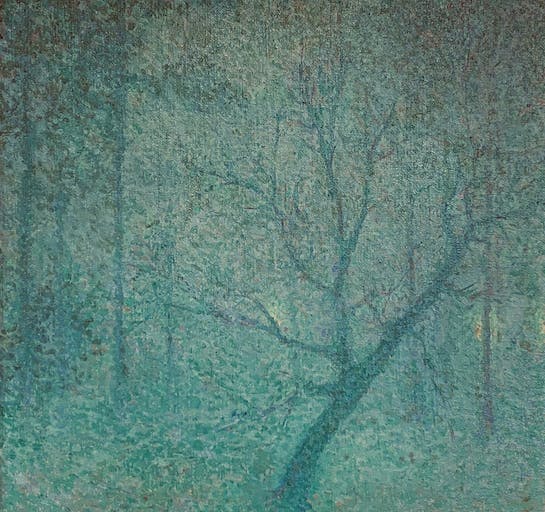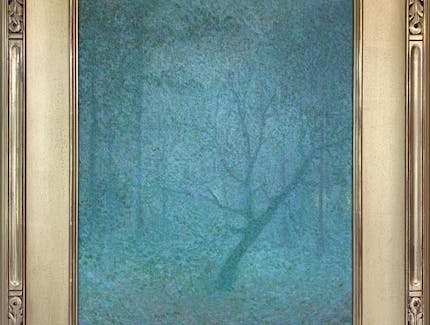Wharton Esherick
1887-1970

Wharton Esherick
1887-1970
Wharton Esherick, recognized as a key link between the pre-1916 Arts and Crafts Movement and the renewed interest in the crafts following the Second World War, is most widely known for his sculptures and non-traditional furniture designs from the late 1920s and 1930s onward. In his long and varied career, Esherick (1887-1970) joined the traditions of the decorative arts with those of the fine arts. He was also a painter, a noted print maker, and book illustrator whose work was published in popular magazines and in elegant limited editions and remains sought after by collectors to this day. Living in a remote area by Valley Forge near Philadelphia, Wharton Escherick built his homestead and work place in the 1920s and left a legacy of bridging art with craftsmanship. Many of his works reflect the Art Deco style, and his distinctive furniture designs made him a pioneer of the decorative arts. He had little use for straight lines, and his structures are full of swirls and spirals, with an intent to surprise and occupy the eye. He was a Philadelphia native, and in 1913 left a career in commercial art and the busyness of the city to move with his wife to his country home. He painted impressionist paintings early on and later turned to sculpture and furniture. He is credited with initiating much of the art furniture movement of the 20th century including cantilevered decks and swivel lamps. His home is now the Wharton Esherick Museum, and Esherick's daughter and husband live in one of the out buildings. The main house, which is separate from the garage/workshop is entirely Esherick's design, and it is as uniquely organic with it's asymmetries and whimsical ideas. While there is plenty of art Deco in the house itself and it's sculpture and furniture, there is also and equal amount of modernist and German expressionist styles to be found. A 1956 addition to his garage/workshop was designed by Louis Kahn whose work is typically ardently platonic with it's pure geometries and classical symmetries. These are the blue hexagonal shaped rooms behind the German expressionist wood garage that Esherick designed and built years earlier. This part has rough hewn timbers and torqued roof lines, something Kahn would have abhorred. Even still, Esherick took efforts to warp Kahn's straight masonry walls of the hexagonal rooms during their construction. This back and forth struggle may have been why neither of the two friends, Kahn or Esherick, would take the credit for the final work, gladly handing credit to the other one. Both of their initials are engraved on the façade though.


